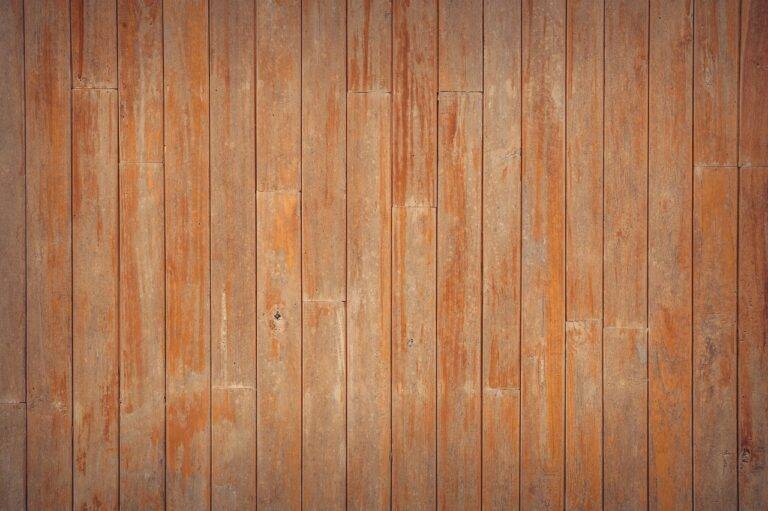How to Design a Drought-Tolerant Garden in Arid Climates
When planning your garden layout, consider the amount of sunlight different areas receive throughout the day. This will help you determine where to place sun-loving plants versus those that prefer shade. By strategically placing your plants based on their sunlight requirements, you can ensure they thrive in their designated spots and promote healthy growth in your garden.
Another factor to consider when planning your garden layout is the accessibility of each area for maintenance tasks such as watering, weeding, and harvesting. It’s important to create pathways that allow easy navigation between different sections of your garden to make caring for your plants more convenient. Additionally, considering the proximity of plants to one another can help prevent overcrowding and promote adequate air circulation, reducing the risk of diseases spreading among your garden crops.
Selecting Drought-Tolerant Plants
When choosing plants for your garden that can withstand periods of drought, it’s essential to consider a variety of factors. Look for species that have adapted to thrive in arid conditions, such as succulents, cacti, and native plants. These plants typically have specialized features like fleshy leaves or deep root systems that allow them to conserve water efficiently.
Additionally, it’s crucial to select plants that are well-suited to your specific climate and soil conditions. Research the water requirements and ideal growing conditions of each plant before making your selections. By carefully choosing drought-tolerant plants that are well-suited to your garden environment, you can create a sustainable and resilient landscape that requires less maintenance and water in the long run.
Understanding Soil and Drainage Needs
To ensure the success of your garden, it is crucial to understand the soil composition and drainage requirements of the plants you intend to grow. The type of soil in your garden can impact the growth and health of your plants significantly. Different plants thrive in different soil conditions, so it’s essential to assess the pH level, nutrient content, and texture of your soil before selecting which plants to cultivate.
Moreover, adequate drainage is vital for the health of your plants. Poor drainage can lead to waterlogging, which can suffocate the roots and cause root rot. To improve drainage, consider incorporating organic matter into the soil or installing raised beds to allow excess water to drain away more efficiently. By understanding your soil and drainage needs, you can create an optimal environment for your plants to flourish and thrive.





